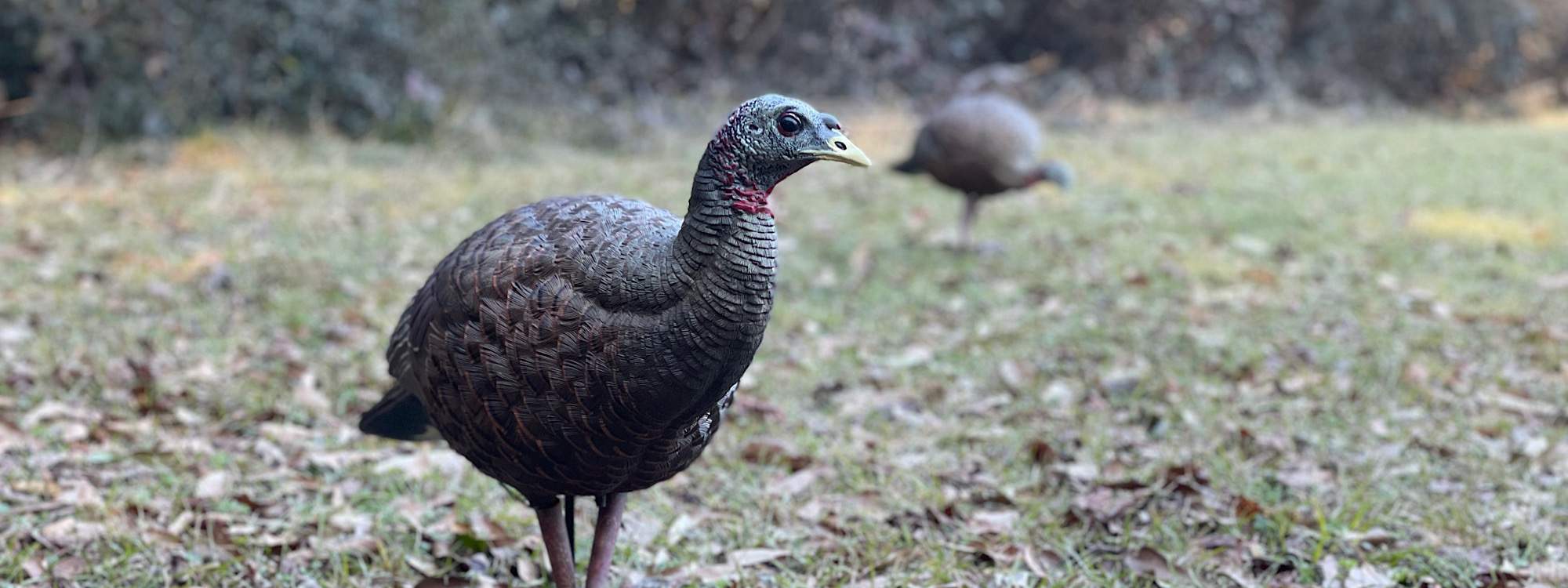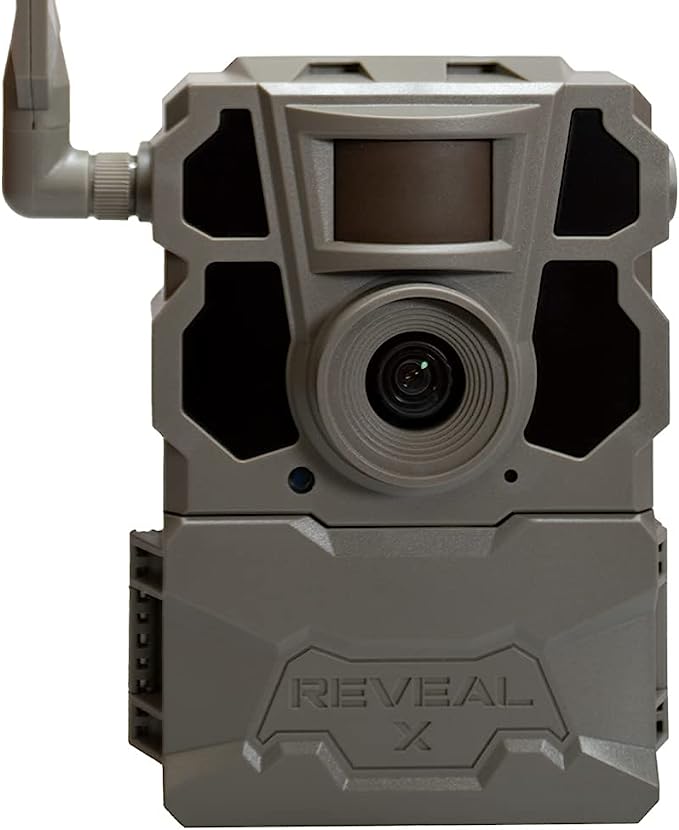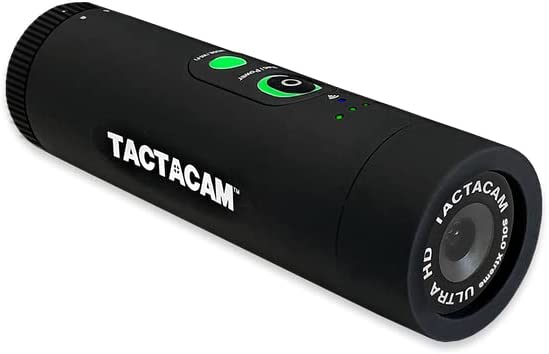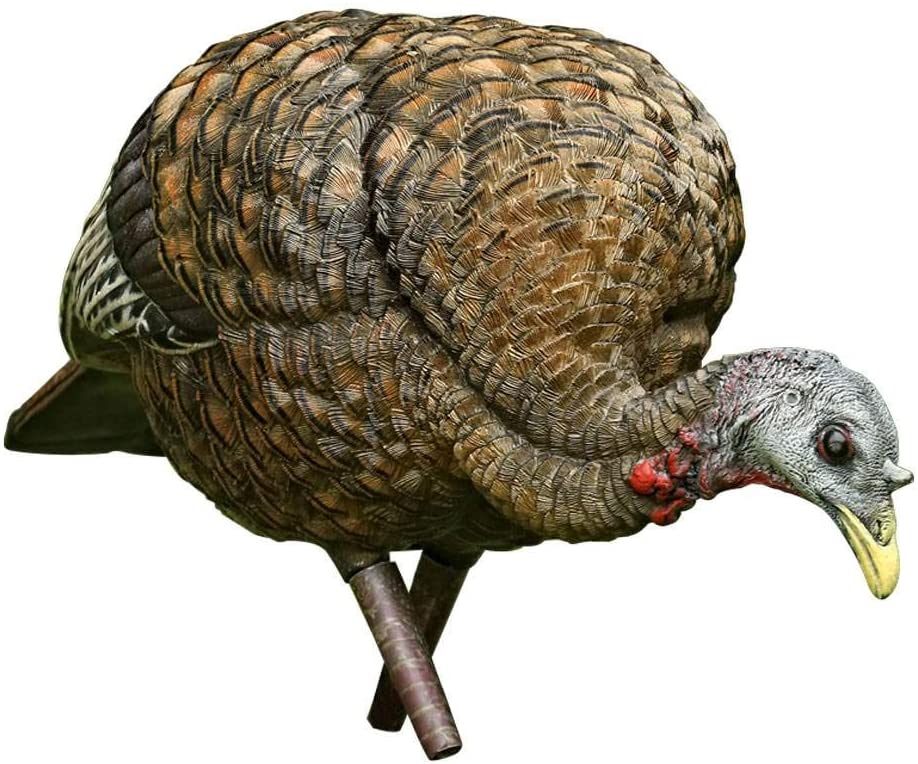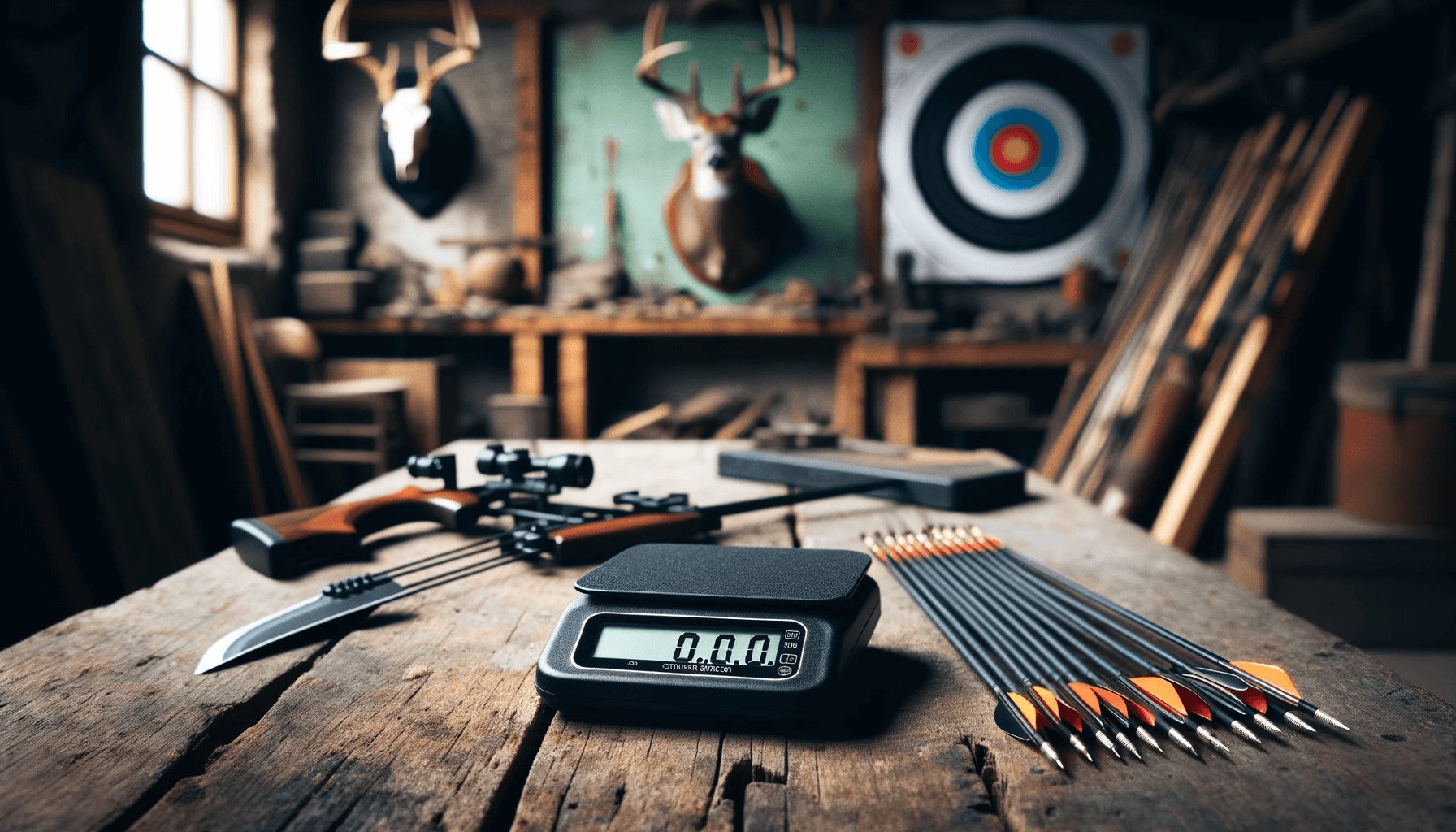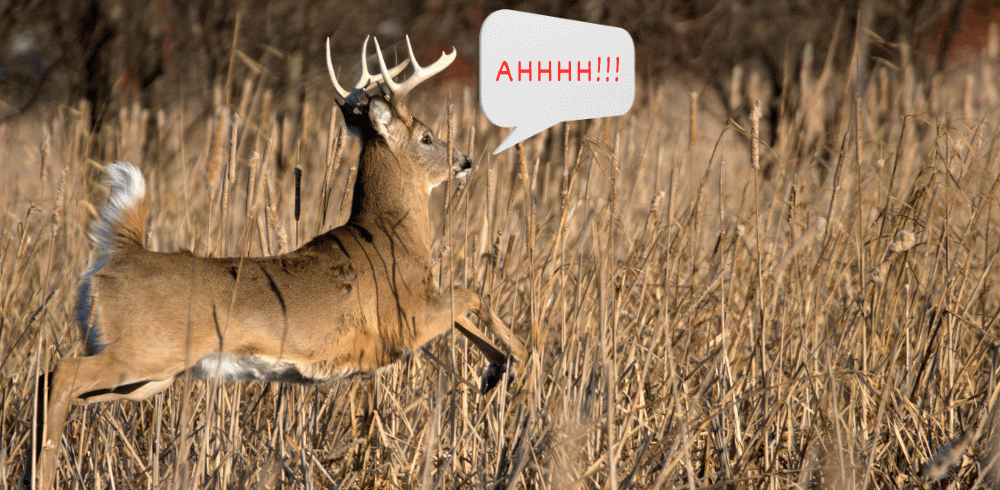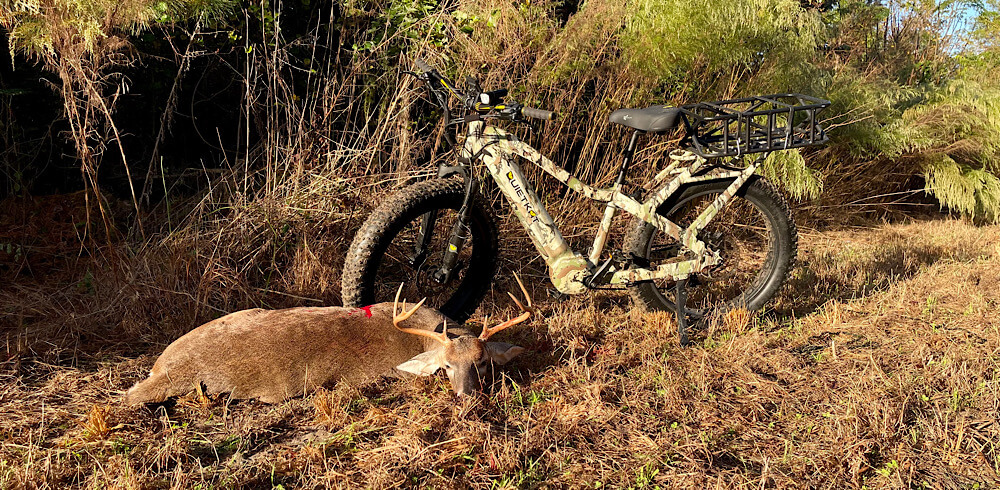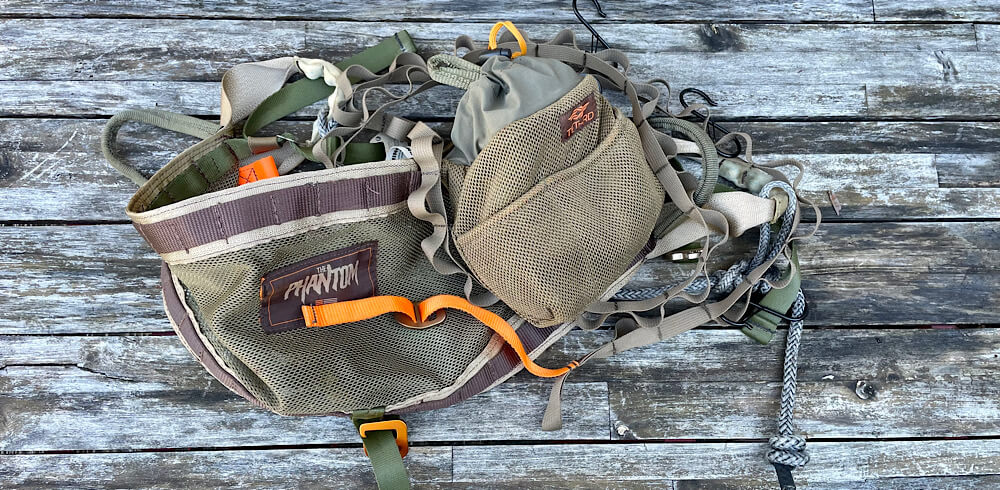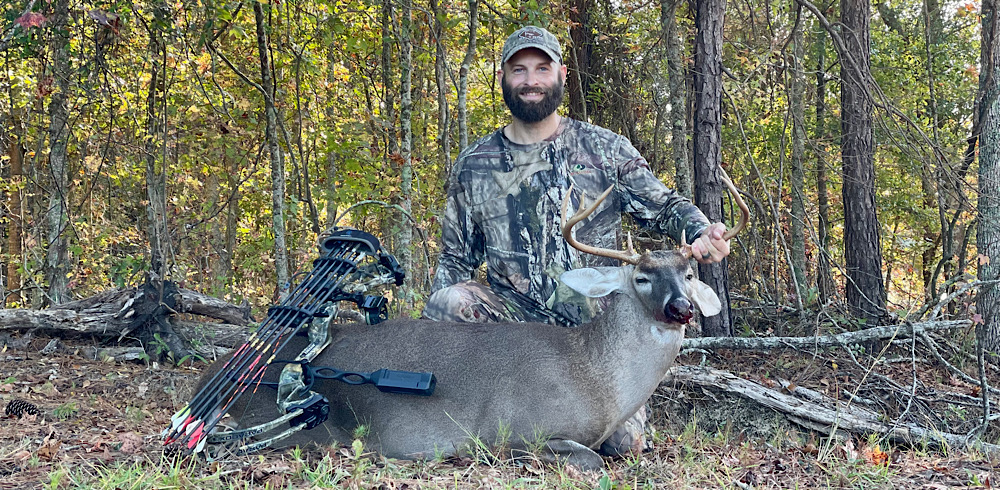The Great Equalizer
Most seasoned turkey hunters have decoys at their disposal, and most will employ them this coming spring in pursuit of one of North America’s most iconic birds. I’ve killed many toms without the use of decoys throughout my turkey hunting career, but there’s a few reasons I choose to use them whenever possible these days. It’s one thing to call a longbeard into shotgun range, with today’s turkey loads reaching out near 60 yards. It’s a whole ‘nother story pulling one to within 20. Sure, the average turkey bowhunter is accurate past 20 yards, but shooting at a block target is very different than shooting at the vitals – or the neck – of a strutting tom. So, wouldn’t you rather have a way of getting them as close as possible? Enter the great equalizer. We’re talking decoys.
They Love To Hang Up
If you’ve hunted for any reasonable amount of time, you’ve had a turkey come in, then stop and stay just out of reach. They hang up. Maybe they’re playing hard to get. Maybe they can sense something’s just not quite right. Either way, they stop advancing. Often, you’ll have to give them a reason to close the distance. 50 yards out is a success to most turkey hunters, but not to us. We need them closer. Without decoys, a wise ol’ tom may get within shotgun range, but without seeing the hen he’s been talking to, he may hang up for long enough to catch on to the game.
You Never Know Where They’re Coming From
You may have a hundred pictures of longbeards right in front of your trail camera, but that doesn’t mean they always come from the same place. On opening day last year, after seeing a lot of turkeys in one location out of range, I decided to move to a secondary spot. This was a very small clearing where we had weeks worth of pictures showing longbeards feeding nearly every day. At one point during my time in that little spot, I was set up behind some high brush, facing the clearing, hitting my diaphragm and friction calls. Suddenly, a gobble rang out within 100 yards of me. I peered around the brush and saw a longbeard in full strut next to the clearing. He we go, I thought.
Surely he was about to strut out into that clearing, just like he did every day, so I went to full draw and waited. And then waited some more. Nothing. So, I leaned back around the brush to see what was going on, and wouldn’t you know it – he was coming around behind it, then behind me. You can imagine what happened when he got 10 yards back. Without being able to swing around – or move at all, for that matter – I held as long as I could, but finally my arms decided it was time to let down less than gently, and off he went through the woods. Decoys in that clearing that he frequented on a daily basis would have likely been all the incentive he needed to strut right out in front of my arrow. You see, you never know where they’re coming from, but with decoys set up, you can know exactly where they’re going.
Decoys Provide Distance At A Glance
Gauging distance is by no means a reason, in and of itself, to use decoys, but it sure is a bonus. Not only do decoys often get a tom closer to you, but they tell you just how close he is. When a turkey is out in front of you, whether you’re in a blind or not, it can sometimes be difficult to pull a rangefinder up to your face without being spotted. And depending on the terrain, 25 yards can look like 20. With a bow turned down to 55 pounds to eliminate pass-thru, using your 20-yard pin at 25 yards could result in a lost bird. So, instead of relying on judgement with such a small target, set up some decoys and range them from your position, letting them be your point of reference when that longbeard finally shows.
The Unbiased Truth
Ok, so I know I’ve sounded pretty dead set on using decoys, but the truth is there was a time when I wanted nothing to do with them. I had seen them repel turkeys, so I wrote them off without giving them a second chance to prove their usefulness. You see, there are times when decoys may send turkeys walking in the other direction. Whether it’s cheap, fake-looking decoys, an unrealistic setup, or you’ve just called in a longbeard that has recently been beaten up by a group of jakes – sometimes, decoys just don’t work. But with high-quality decoys, such as Avian-X, private land turkeys that don’t see much pressure or haven’t ever laid eyes on a decoy can be fooled by them most of the time. Public land birds, on the other hand, who have seen every trick in the book – and the hunters who were behind them – usually offer a lower success rate, so keep that in mind when judging their effectiveness.
The bottom line is this – there is no magic bullet to killing turkeys. There is no one-size-fits-all approach. Decoys are like every other piece of gear under the sun. They’re a tool. A tool that, when used properly and in conjunction with sound hunting strategies, can tip the scales a little more in your favor. So, don’t think that decoys are going to solve all your turkey hunting woes. They won’t, but they can help you get within range of more birds than you would if you didn’t own any. So, pick up a few Avian-X decoys, set them up in a realistic manner and sit still. The longbeards will do the rest of the work. Happy Hunting.
An emphasis should be placed on high quality. Turkeys live and die by their eyes. They have impeccable eyesight, so the decoys you use need to be realistic enough to fool them. Yes, I know that they can be fooled by strapping a tail fan to the end of a shotgun barrel, but remember that you need them to come in close enough – and for long enough – to draw back and execute without being seen. A gun hunter can shoot at a running bird that has just figured out they’re only looking at a tail fan. We cannot.

